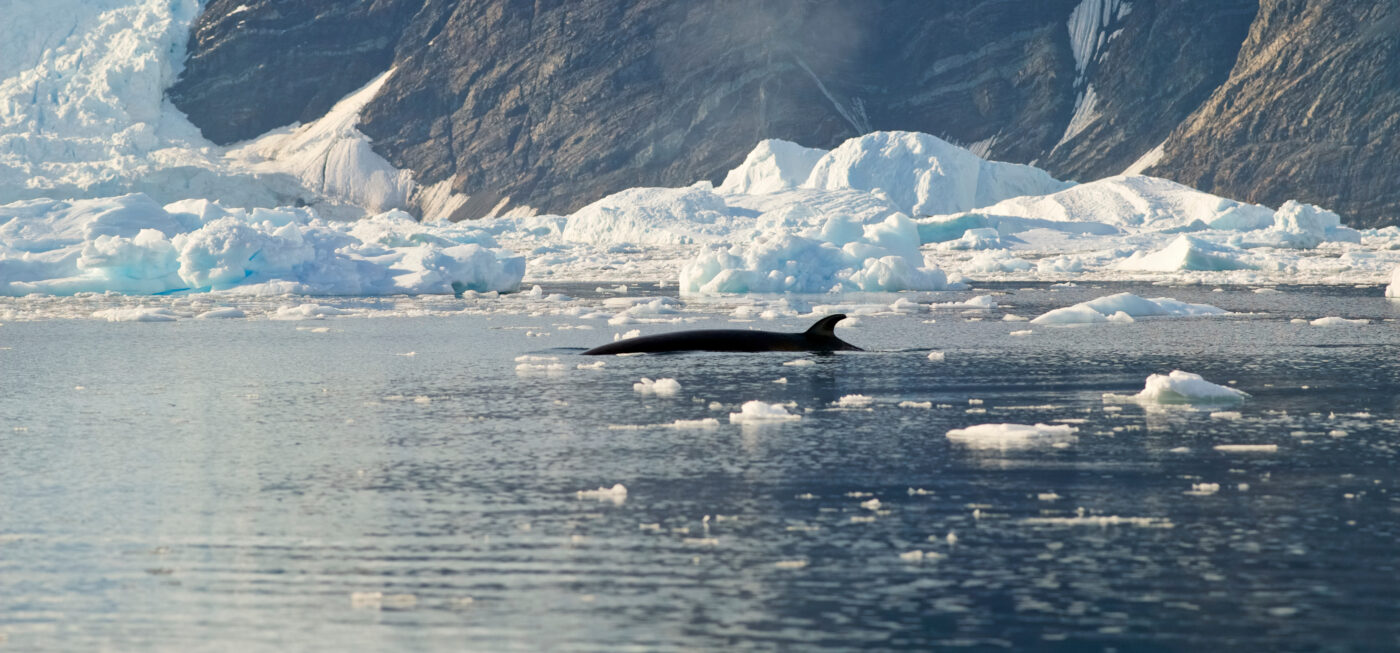Minke Whale in Neko Harbour, Antarctica, Adobe Stock, by Enrique
World Whale Day
The Minke Whale
Minke whales are the most abundant of the great whales, inhabiting all five ocean basins from the polar regions to the tropics. They are a highly intelligent and curious species known for fast swimming and bad breath.
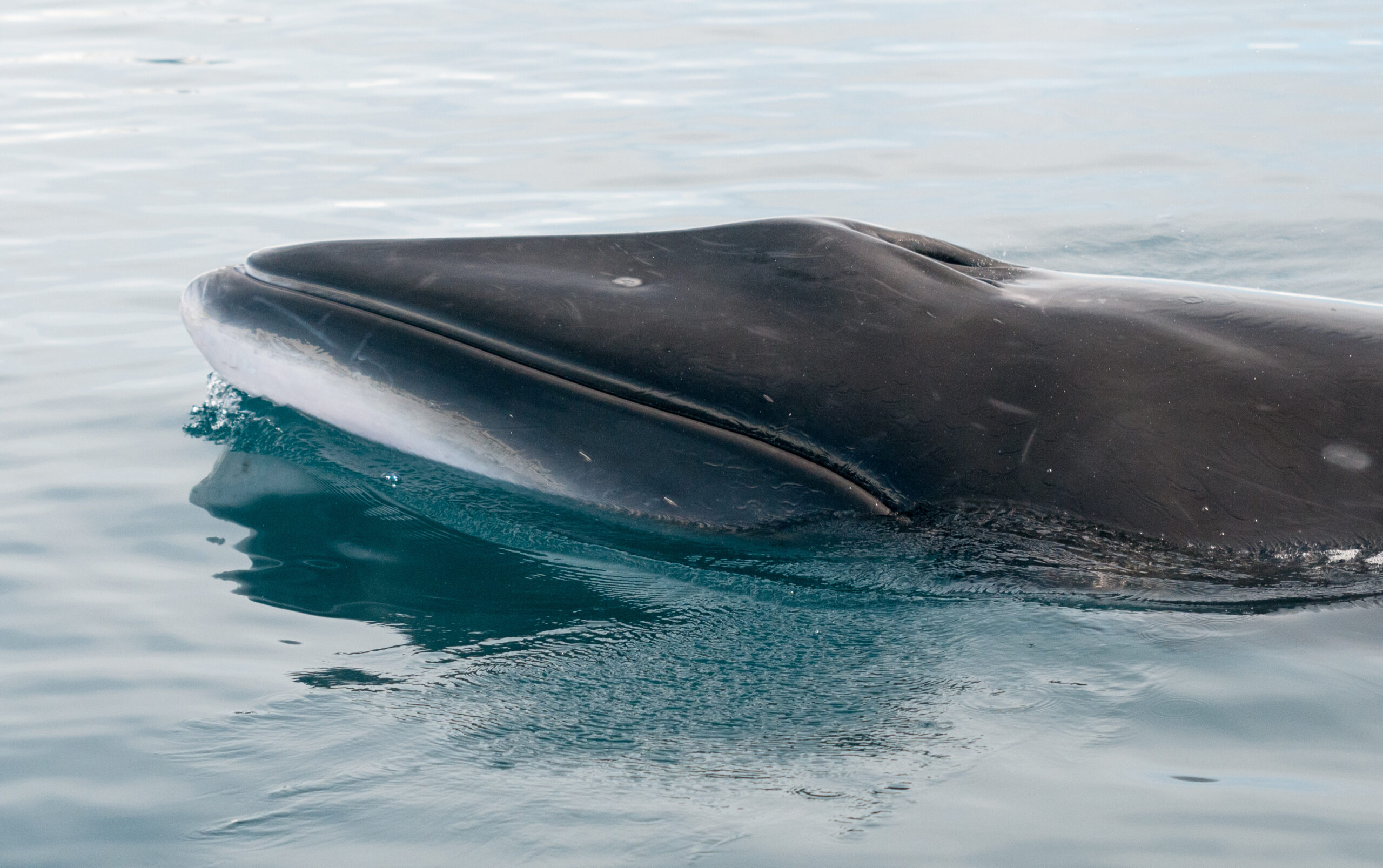
Adult Minke Whale surfacing in calm ocean, Adobe Stock, by Graeme
There are two species of Minke whales, the northern (or common) Minke inhabiting the northern hemisphere, and the southern (or Antarctic) Minke who lives in the southern hemisphere.
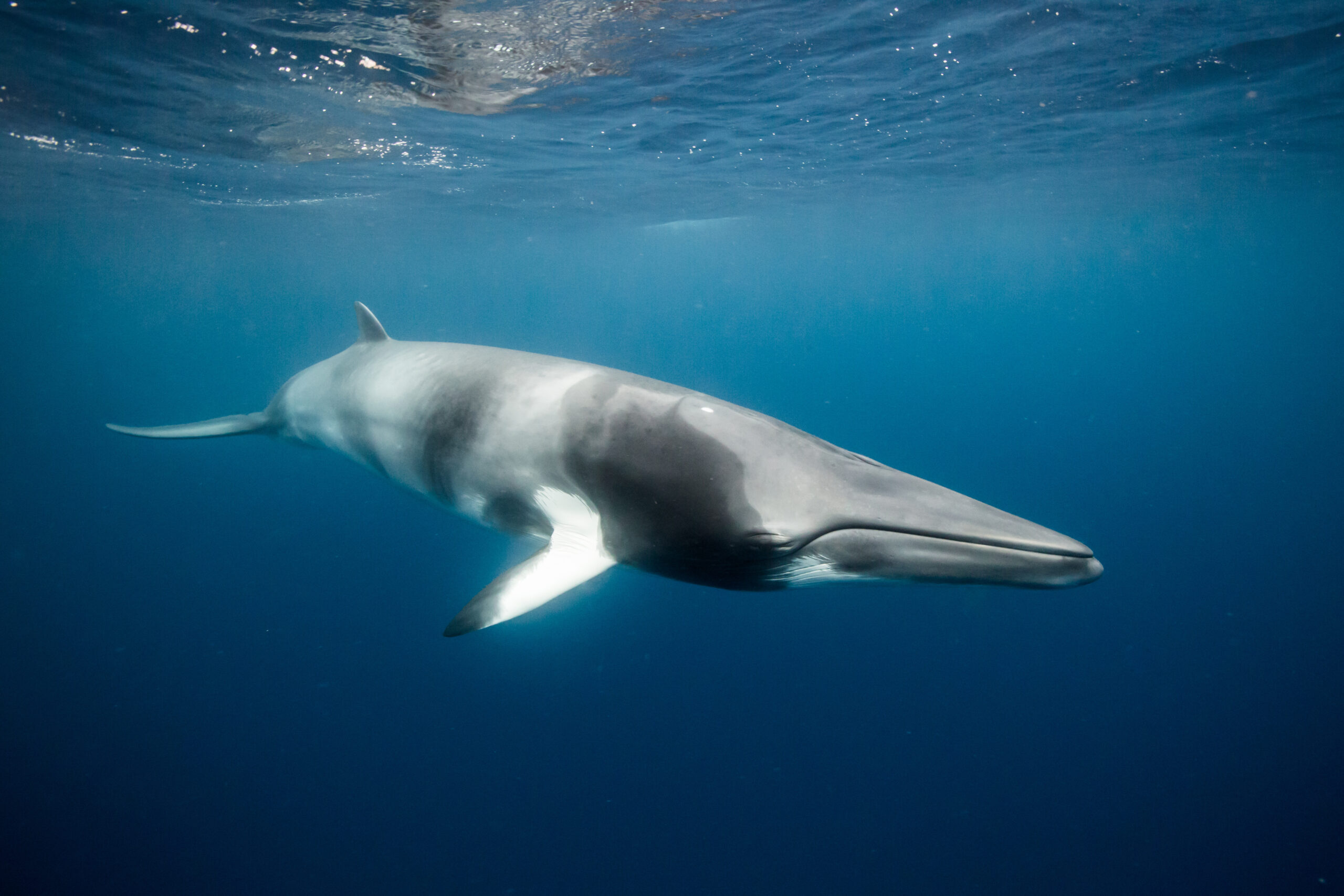
A Minke Whale on the Great Barrier Reef, Adobe Stock, by Jemma Craig
Minke whales are filter feeders with a primary diet of krill, plankton, and small fish, but they are opportunistic predators who will take larger fish when necessary.
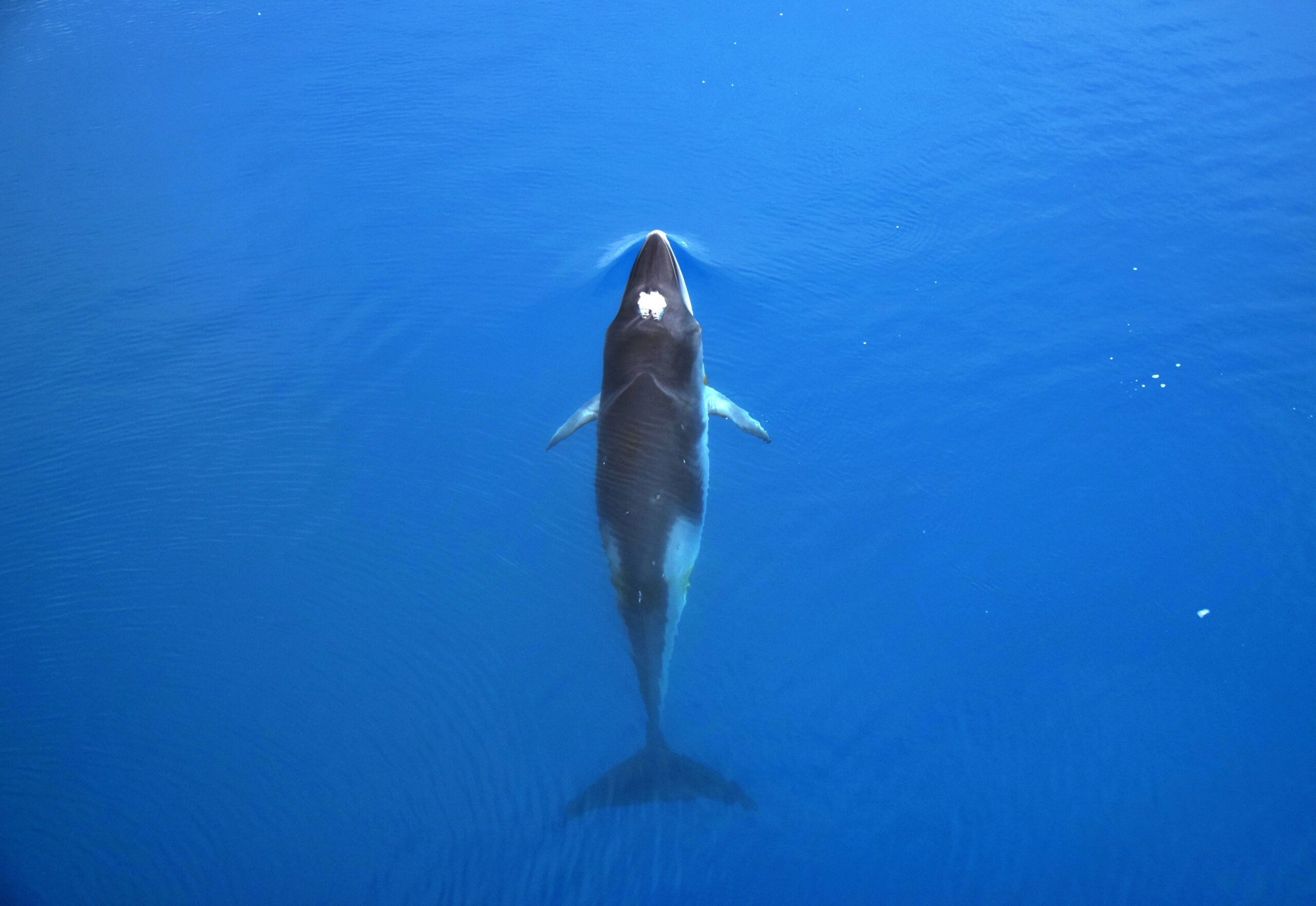
Minke Whale in Cierva Cove, Antarctica, Adobe Stock, by OanaG
Minkes are among the smallest of the baleen species, reaching a maximum adult length of a mere thirty-five feet and weighing just ten tons. They have a sleek tapered shape with upper bodies colored in shades of grey, black, and brown, and a white underside.
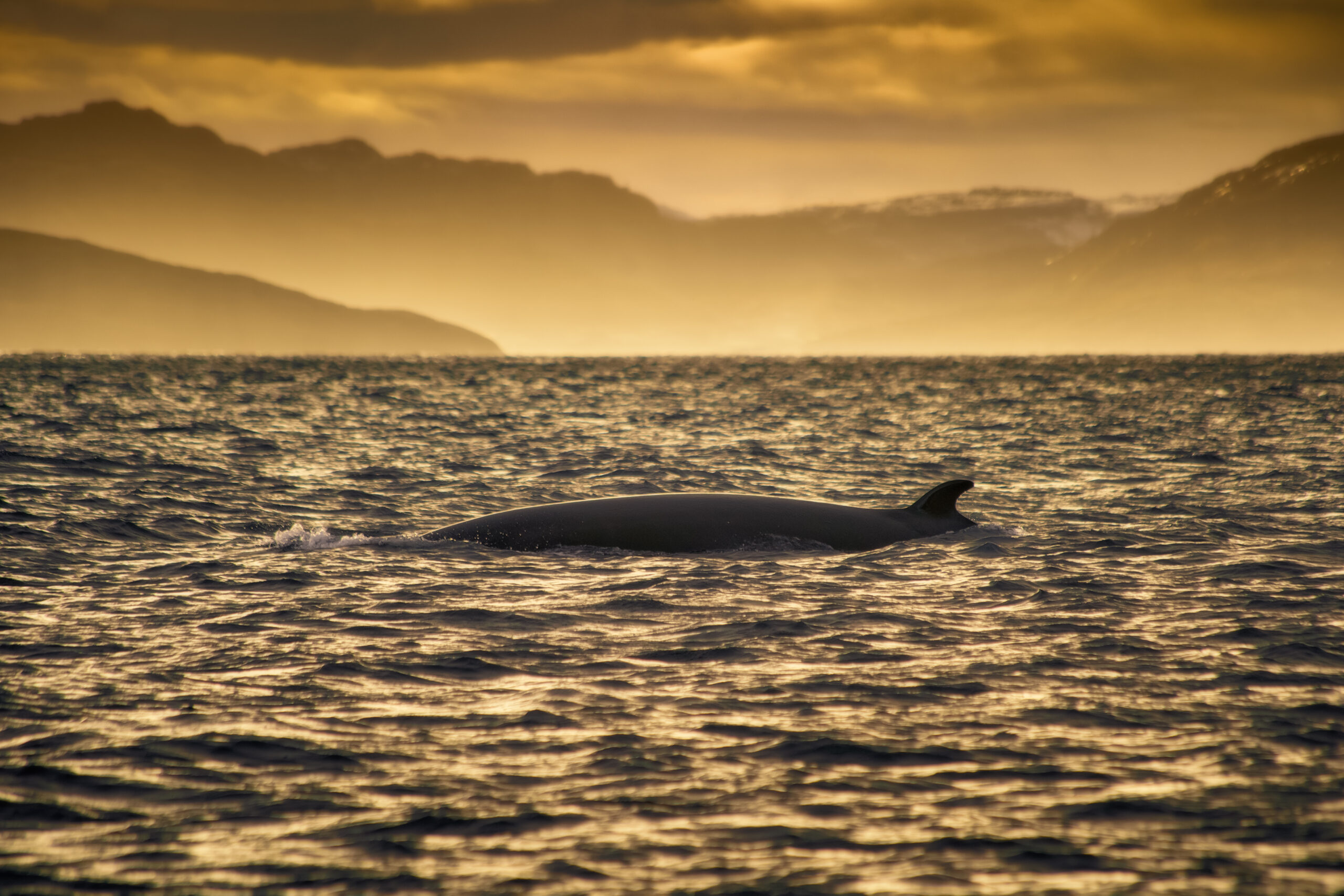
Minke Whale in golden sunset off Kola Peninsula, Adobe Stock, by Ivan Kurmyshov
Minkes are one of the more mysterious whales despite their abundance and wide distribution. Current estimates range from a half million to a million Minke whales in the wild. Their population is considered to be stable, and they are listed as a species of least concern. There is still much we don’t understand about this solitary species, but studies continue and tracking systems are becoming more advanced every day.
Another story that makes you think.
– – –

NatAtEnv was formed by BioTriad Environmental, Inc. to provide entertaining and informative media while keeping the wonders of nature in the public eye.


